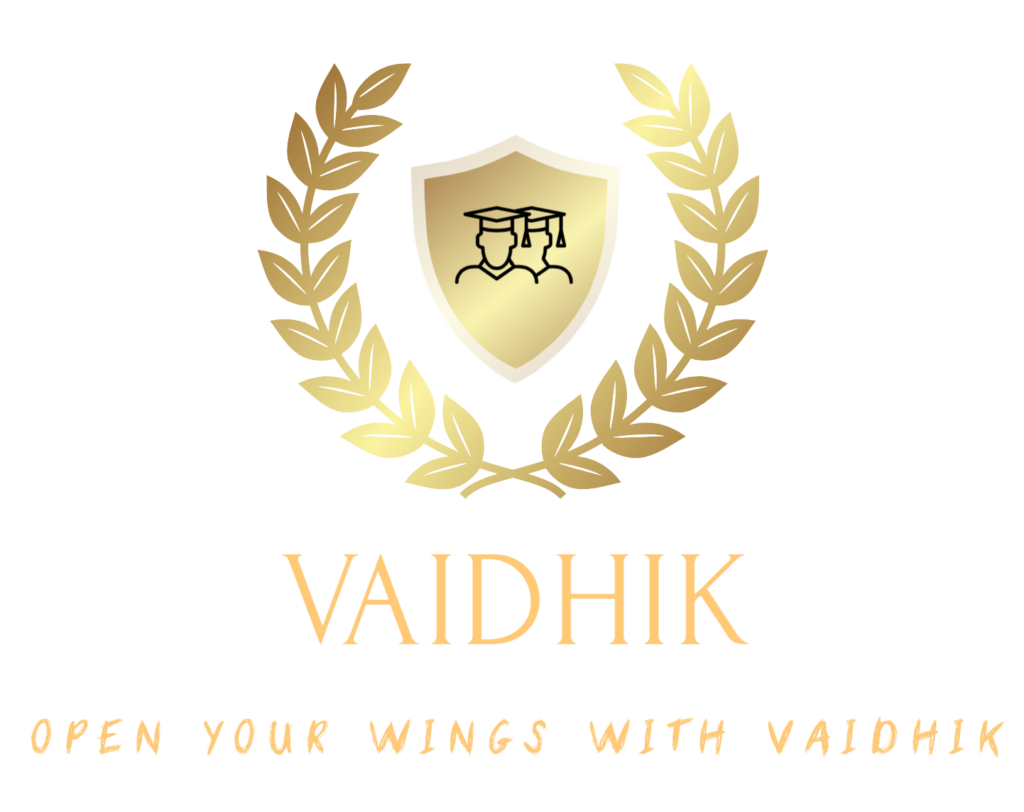Computer science
Full stack
Full stack development refers to the practice of building web applications that encompass both the frontend (client-side) and backend (server-side) components, along with the associated databases and infrastructure. A full stack developer is proficient in multiple programming languages, frameworks, and technologies, allowing them to work on all aspects of the application development process, from designing user interfaces to managing server infrastructure.
4.7 (253 user ratings)
★★★★★ 4.7/5
- 4.721 students
- Last updated 8/2022
Descriptions
Web development encompasses a broad range of tasks involved in creating and maintaining websites and web applications. It involves the use of various programming languages, frameworks, and tools to design, develop, and deploy interactive and functional web experiences. From front-end development, which focuses on the user interface and user experience, to back-end development, which deals with server-side logic and database management, web development encompasses a diverse set of skills and technologies.
In web development, front-end technologies like HTML, CSS, and JavaScript are used to create the visual elements and interactivity of a website, while back-end technologies like PHP, Python, and Node.js handle server-side processing and data management. Additionally, frameworks and libraries such as React, Angular, and Vue.js provide developers with tools to streamline development and enhance the performance and scalability of web applications. By leveraging these technologies and best practices, web developers can create dynamic and responsive websites that meet the needs of users and businesses in today’s digital landscape.

Course content
"Introduction to Web Development" could cover the fundamentals of creating websites, including HTML, CSS, and JavaScript. It may also include topics like responsive design, web hosting, and basic server-side concepts. This course could provide hands-on experience building simple web pages and understanding the foundational technologies behind the modern web.
"HTML Basics" covers the fundamental structure and elements of HTML (Hypertext Markup Language), the backbone of web development. Students learn how to create web pages, structure content, add text, images, links, and other media, as well as understand the role of HTML in web development. This introductory course provides essential skills for building and designing web pages effectively.
"CSS Fundamentals" introduces the basics of CSS (Cascading Style Sheets), a styling language used to control the presentation and layout of HTML elements on web pages. Students learn how to apply styles, including colors, fonts, margins, and positioning, to enhance the appearance of web content. This course covers selectors, properties, and values, empowering learners to create visually appealing and responsive web designs.
"Advanced CSS Techniques" delves deeper into Cascading Style Sheets (CSS), exploring advanced concepts and techniques to enhance web design and layout. Students learn about flexbox, grid layouts, CSS animations, transitions, and preprocessors like Sass or Less. This course equips learners with the skills to create sophisticated, responsive, and visually engaging web experiences.
"JavaScript Basics" introduces the foundational concepts of JavaScript, a versatile programming language used for web development. Students learn about variables, data types, control structures, functions, and basic DOM manipulation. This course provides essential skills for adding interactivity and dynamic behavior to web pages, making them more engaging and interactive for users.
"Intermediate JavaScript" builds upon foundational JavaScript concepts, delving into more advanced topics such as object-oriented programming, closures, scope, asynchronous programming with Promises and async/await, and ES6 features like arrow functions and modules. Students learn how to create more complex and efficient JavaScript applications, enhancing their problem-solving and programming skills for web development projects.
"Bootstrap Introduction" covers the basics of using Bootstrap, a popular front-end framework for building responsive websites and web applications. Students learn how to leverage Bootstrap's pre-designed components to create modern layouts quickly.
"jQuery Basics" introduces the fundamental concepts of jQuery, a fast and lightweight JavaScript library. Students learn how to simplify DOM manipulation, handle events, animate elements, and perform AJAX requests using jQuery. This course provides essential skills for enhancing interactivity and functionality in web development projects with jQuery's concise syntax and powerful features.
"Building a Static Website" guides students through the process of creating a basic website using HTML, CSS, and possibly JavaScript. They learn how to structure web pages, style content, and add interactivity if needed. This introductory course provides hands-on experience in web development and lays the foundation for more advanced projects.
"Version Control with Git" teaches the fundamentals of Git, a distributed version control system widely used in software development. Students learn how to track changes, collaborate with others, and manage project history effectively. This course covers basic commands, branching, merging, and resolving conflicts, empowering learners to efficiently manage their codebase and work on collaborative projects with confidence.
"GitHub Essentials" covers the basics of using GitHub, a popular platform for hosting and collaborating on Git repositories. Students learn how to create and manage repositories, collaborate with others through pull requests and issues, and utilize GitHub's features for version control and project management. This course provides essential skills for effectively using GitHub to organize and collaborate on software development projects.
"Responsive Web Design" teaches students how to create websites that adapt and respond to different screen sizes and devices. They learn CSS techniques like media queries and flexible grids to design layouts that look good on desktops, tablets, and smartphones. This course emphasizes the importance of user experience and accessibility in modern web development.
"Web Accessibility" focuses on making web content inclusive and accessible to all users, including those with disabilities. Students learn about accessibility standards such as WCAG (Web Content Accessibility Guidelines) and techniques for ensuring that websites and web applications are usable by people with diverse abilities. This course covers topics like semantic HTML, keyboard navigation, alt text for images, and designing with accessibility in mind, promoting inclusivity and usability in web development.
"Introduction to Backend Development" introduces students to the foundational concepts and technologies used to build the server-side of web applications. They learn about server architecture, databases, APIs, and server-side programming languages such as Node.js, Python, or Ruby on Rails. This course provides essential skills for developing the logic and functionality that powers web applications behind the scenes.
Final Projects
₹ 5000/-
- 2 projects-minor and majors
- LMS access 24/7
- Q&A sessions
- Reports and Analysis
- Tests and Assignments
- 25+ Live recorded sessions
- 25+ Live recorded sessions
- Course Completion Certificate
- Internship Training Certificate
- Letter of Recommendation
- 3 Live Industrial Expert sessions
- Placement Training
share it :
Start your learning journey today! Enroll now in our online course.
What they say about us
Robotics course was an excellent introduction to the field, with engaging hands-on projects and knowledgeable Instructors

I enrolled in the Genetic Engineering course, the theory part was no doubt amazing, out the WetLab experience was awesome!

I recently completed the Al program with Vaidhik , and my experience was highly positive. The content was comprehensive, covering essential Al concepts seamlessly. The availability of resources and support contributed significantly to my success. Overall. I highly recommend Vaidhik Al program for anyone looking to delve into this field.

The online training program from vaidhik EduTech exceeded my expectations. The comprehensive curriculum covered everything from basics to advanced topics, and the interactive virtual labs provided a real-world simulation.

This was a great experience to do such an internship with vaidhik EduTech. Like at the beginning of the course I was not at all aware of Al, ML . But after completion of this course, I was filled with a bounty of knowledge. specifically, if I say about the class conductance and the way so it was awesome like to study online with such highly qualified teachers was an amazing experience, and classes were scheduled in time .


